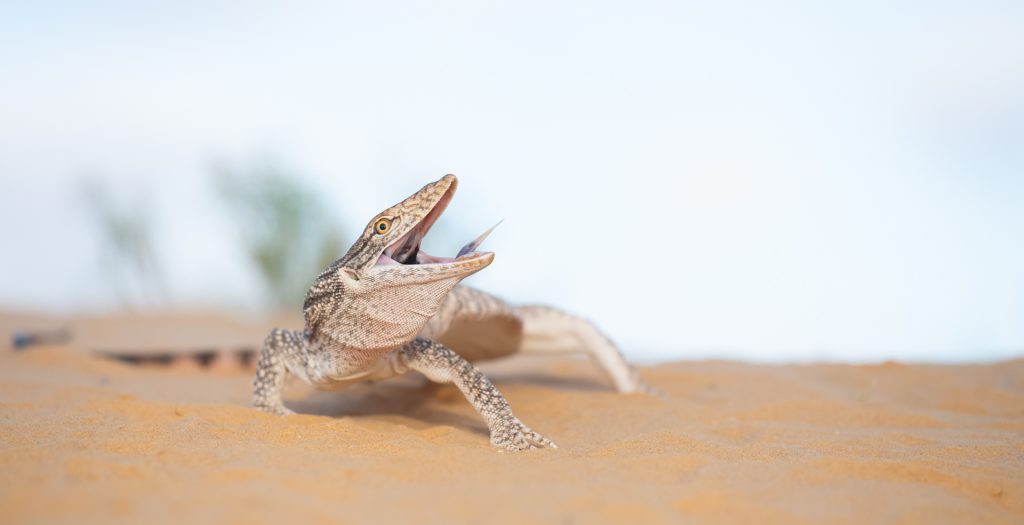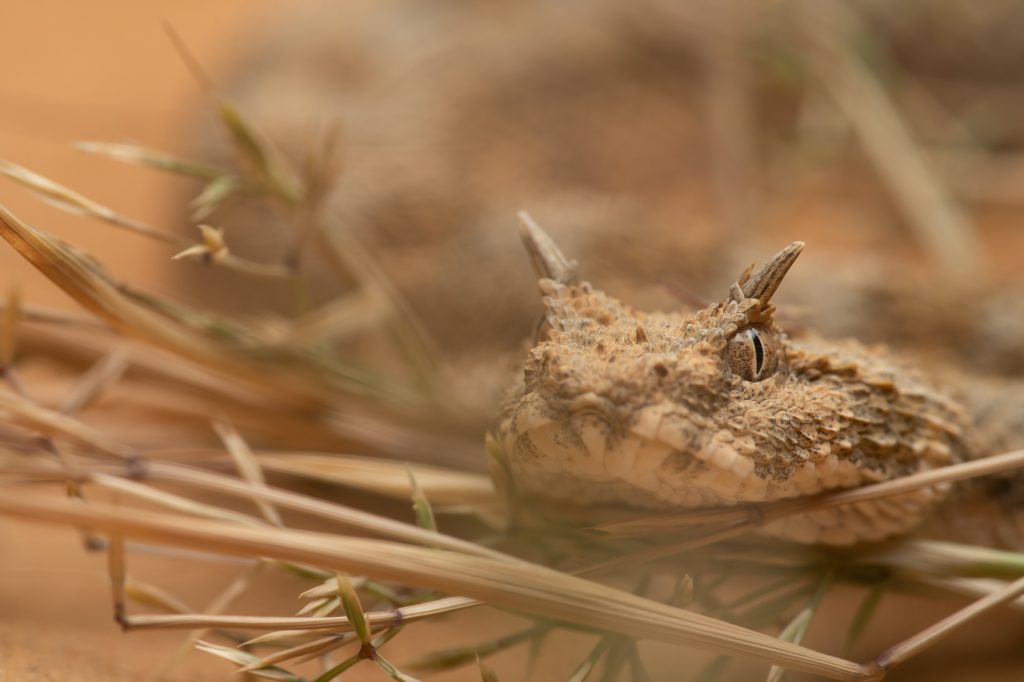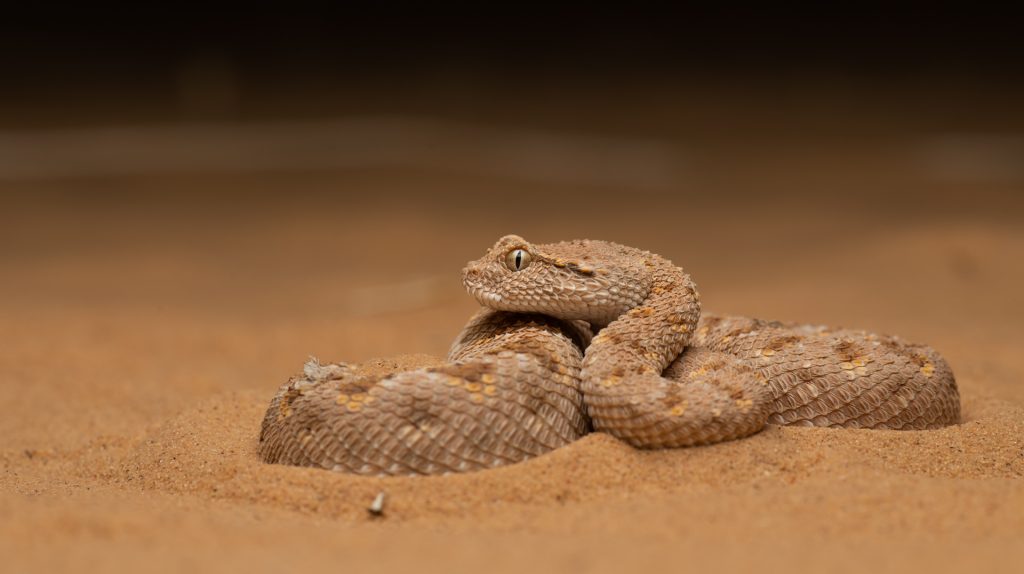Israel is the meeting point for the herpetofauna from North Africa, the Mediterranean and the Middle East, and there over 100 reptilers in this small country! No wonder it has been on my list to visit for some years already. Finally it all panned out, and I travelled south with the two fellow herpers, Kriss Kaspersen and Are Hogner. Not for the first time, and certainly not the last we travel together for herp adventures.
We flew directly with Norwegian from Oslo to Tel Aviv, and just a couple of hours after landing we arrived in Ashdod ready for some herping. We met up with locals Shani Cohen and Lior Kestenberg and they showed us around in the coastal dunes just outside the city. And with big success! We found chameleons, gecko, leaf-nose snakes and the main goal for this location, the Palestine Viper. Unfortunatly I got no good pictures of thse animals as I packed the wrong gear from the car.. Rookie mistake, but a good reason to return!
Click pictures to see large version
After we had finished the herping the first night, we set out for the Negev desert with a short overnight stay outside Beersheba. The next morning we arrived in Beer Milka near the Egyptian border where were supposed to stay for the next three nights. Here we also met up the the Czech Army, Jaroslav Karhanek and Vojta Hejduk. Together we formed an unbeatable team in looking for reptiles in this amazing habitat!

The first viper we found in the Negev, was the Sahara Horned Viper (Cerastes vipera). These small vipers are a real sand specialist, and was found more or less everwhere in the dunes in the Northern Negev Desert. In total we found close to 30 indivuals of this amazing little species. Others species we found in the same areas was amongst others Stenodactylus petri, Chalchides sepsoides, Acanthosaurus spp, Lythorhynchus diadema, Spaelerosophis diadema, Platyceps rogersi, Trapelus pallidus, Varanus griseus and Testudi kleinmanni. And just before we left the Northern Negev, we met up with Aviad Bar and Patrick Müller, and Aviad showed us a great spot for on of my favourites, Cerastes cerastes.
After we felt we had done what we came for in the Negev, we travelled further south to Eilat. Here the first target was the Palestine Saw-scaled Viper (Echis palestinae) and Arabian Horned Viper (Cerasted gasperetti mendelssohni). Other very interesting species we found here was the two Uromastyx-species (U.ornata and U.aegyptia). After we found what we found around Eilat we travelled some miles north again, up in the mountains for the very interesting Field’s Horned Viper (Pseudocerastes fieldi)
In the sand dunes in the Arava Valley on the Jordanian border there you can find the largest spider in Israel a newly described species of hunstman spider, Cerbalus aravaensis. In the middle of the night Jaroslav discovered a specimen that just had captured a gecko (Stenodactylus doriae). An amazing observation, and probably the first documentation of this spider hunting and eating geckos.
The rapid success we had down south gave us an exra day, and we agreed with the Czech Army to meet further north the next day, close to the city of Arad (near the Dead Sea). The target here would be the Mole Viper (Atractaspis engaddensis), and while Kriss and I was sleeping Jaroslav and Vojta found one and gave us a call.
Other species we found in this area was amongst others Eirenis coronelloides and Eumeces schneideri.
Total list of species observed:
- Ptyodactylus hasselquisti
- Hemidactylus turcicus
- Bunopus tuberculatus
- Cyrtopodium scabrum
- Stenodactylus petri
- Stenodactylus doriae
- Trapelus savignii
- Laudakia stellio
- Uromastyx aegyptia
- Uromasty ornata
- Chamaleo chamaleon
- Acanthodactylus sp.
- Eumeces schneideri
- Chalcides sepsoides
- Varanus griseus
- Platyceps rogersi
- Spalerosophis diadema
- Lytorhynchus diadema
- Eirenis coronelloides
- Atractaspis engaddensis
- Daboia palestinae
- Echis coloratus
- Cerastes vipera
- Cerastes cerastes
- Cerastes gasperetti
- Pseudocerastes fieldi
Big thanks to :
Kriss Kaspersen, Are Hogner, Shani Cohen, Lior Kestenberg, Jaroslav Karhanek, Vojta Hejduk, Aviad Bar and Patrick Müller

































